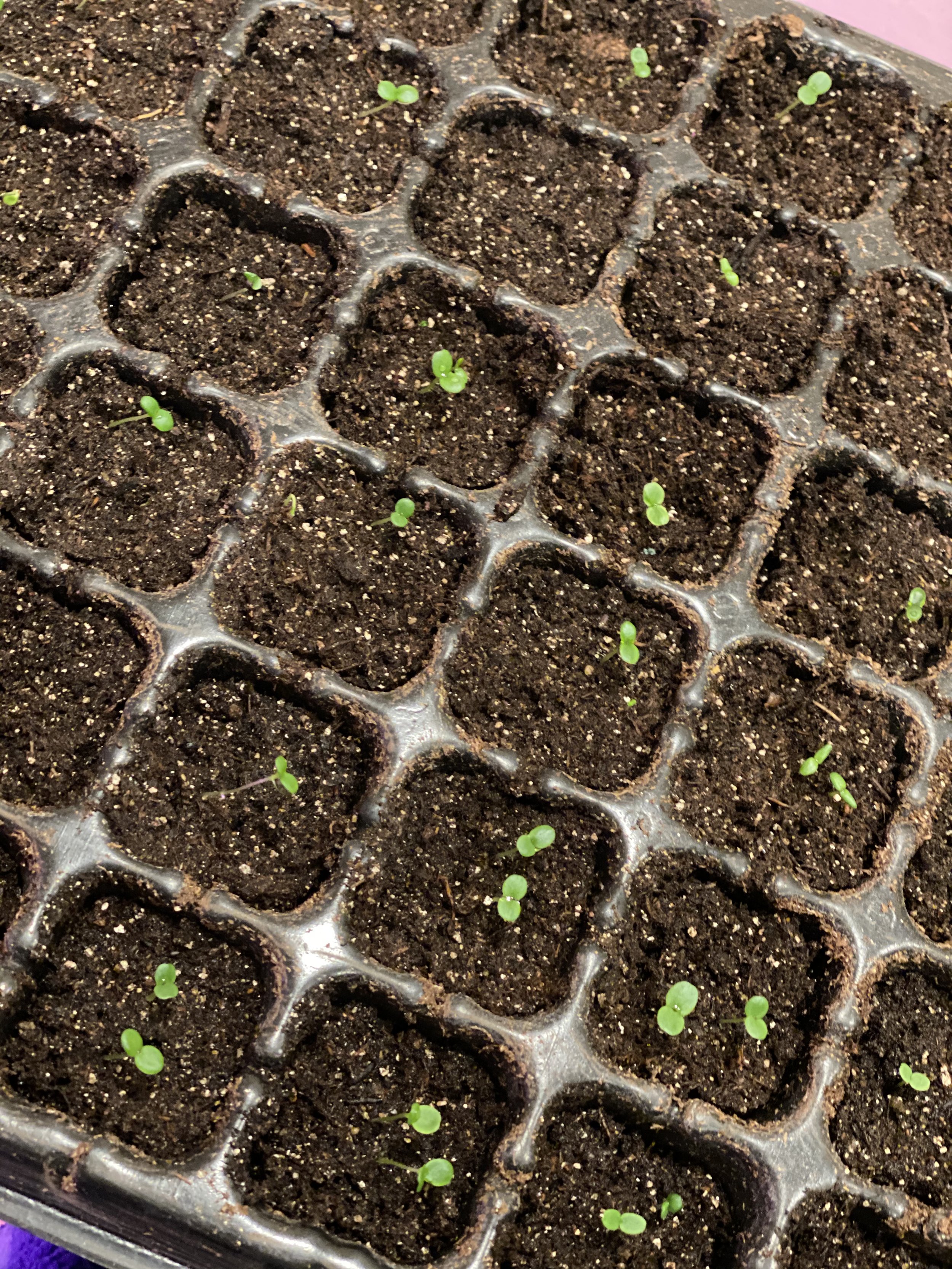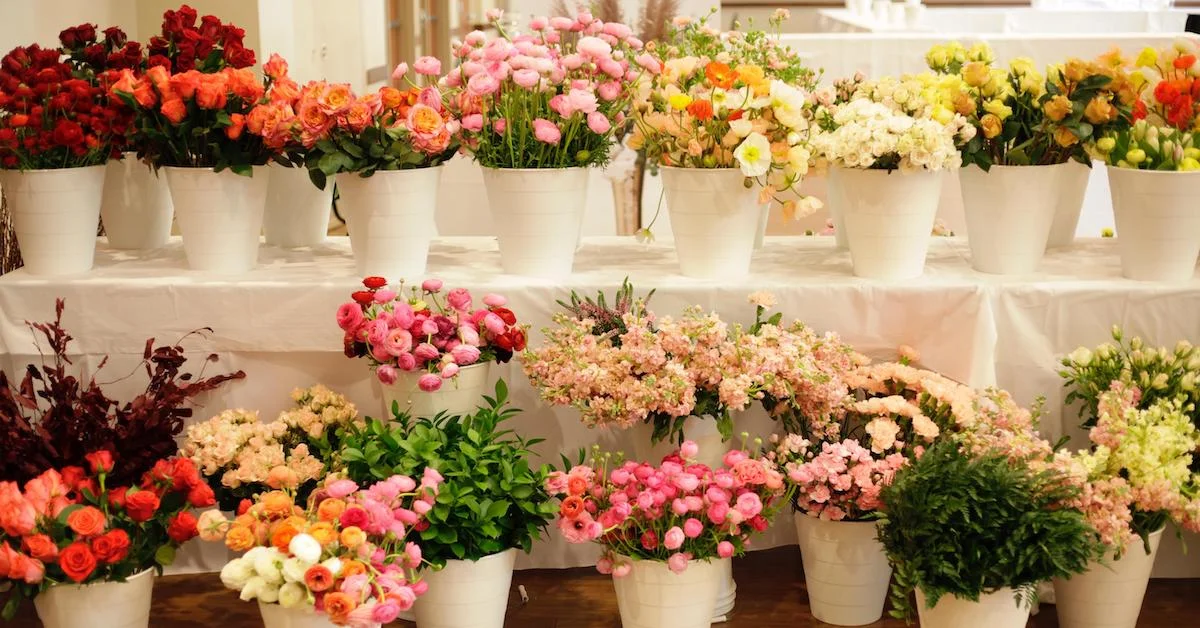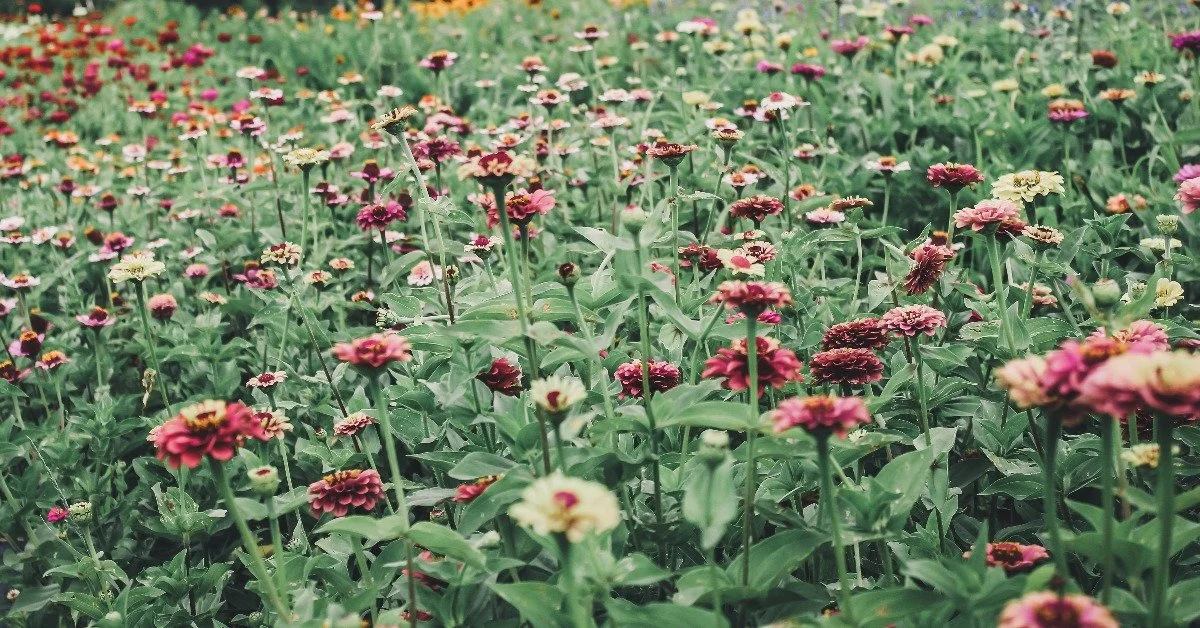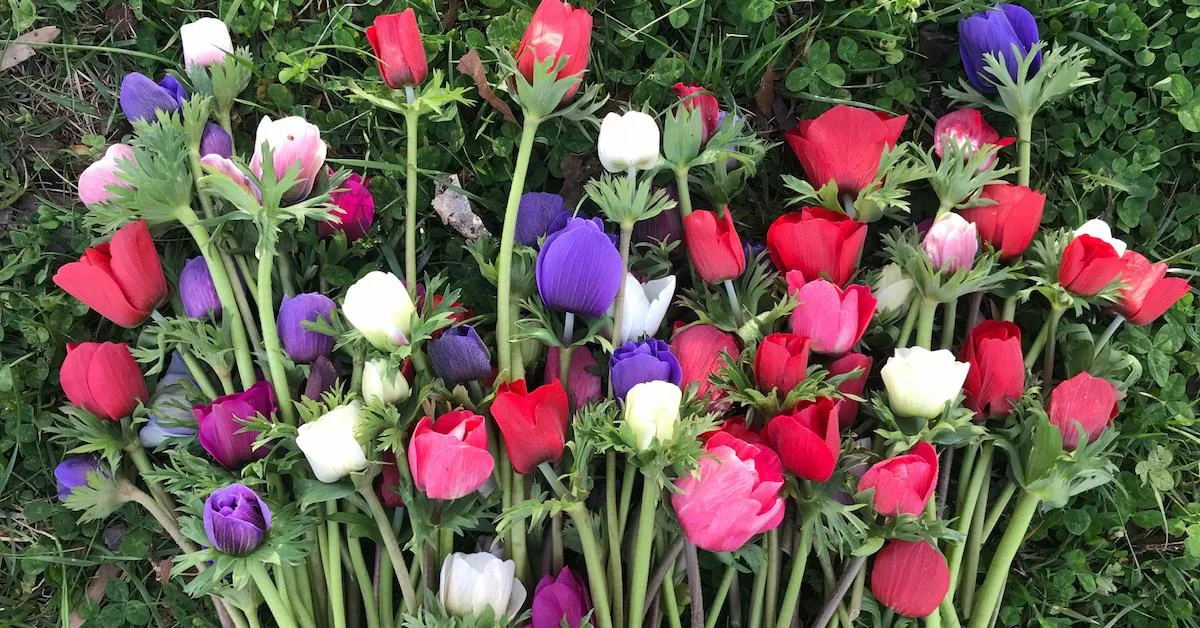All About Pansies: How to Grow Them + A Variety Guide
The little pansy: A little flower with a grand history.
The ever-persevering pansy. A little flower with a grand history. There is so much more to this all too often hidden gem of the garden than most growers realize. The pansy was arguably the most adored flower of the 19th century. While we do not have the same varieties in our gardens today that grew in the gardens of centuries past, there are some incredible colors and textures becoming more readily available as demand continues to increase. While the bold reds, yellows, purples, and oranges that have been popular through recent decades add a pop of dramatic color to landscaping, they are different from the current color palettes used in bouquets and wedding work. Luckily, growers now have access to shades reminiscent of the original pansies from almost two centuries past. Raspberry, wine, and plum. Peach, honey, and terracotta. Rose, blush, and salmon. Some look like watercolors, and others are streaked like the desert sky at sunset. Some are ruffled, some washed in sepia, and some appear to be made entirely of velvet.
Tips for Growing Pansies
Pansies are usually grown as annuals but can be grown as perennials depending on your zone and how you care for them. They can be started indoors or sown directly. They are a fairly easy flower to grow from seed once you know what they need.
If starting indoors, keep in mind that they need darkness to germinate. This can be achieved by covering them with a light layer of soil or simply restricting light until they emerge. Do not sow them too deeply, as the seeds are quite small. Use a humidity dome to control moisture and keep them at a temperature of around 65 degrees. You should see germination within 7-10 days, but some specialty varieties may take up to a few weeks, so don’t give up on them too quickly.
Be sure to provide enough light after germination to avoid pansies being too leggy.
Once they have germinated they can be moved to a cooler area, such as an unheated greenhouse until they are ready to be planted out. Although mature pansies do well in partial shade, they will become leggy very quickly if ample light is not provided promptly after germination.
Keep them watered regularly but do not oversaturate them. Pansies do best with ample water provided deep at their roots and a light drying out between waterings. If the soil is too wet or has poor drainage, they will become susceptible to root rot.
You do not need to wait for the last frost to transplant as they are a cold hardy flower and most varieties can withstand frost and even some snow. While they flourish in temperate climates like those of the United Kingdom, France, and Italy, they can still be grown in both warmer and cooler climates.
Once you plant your pansies out, you will want to ensure they are well protected from slugs. They are definitely enemy #1 where pansies are concerned. Deer also find them a tasty treat. Powdery mildew, botrytis blight, and leaf spot are a few common ailments among pansies and should be watched for.
Keeping them deadheaded as often as possible will ensure months of continuous blooms, especially as temperatures increase with summer. Warmer zones will find pansies do better in the cooler months. Mild zones should be able to enjoy blooms well through summer.
If you are growing for long stems to use in bouquets and wedding work, you will want to train them to grow up rather than out. This can be achieved by planting them in an environment where they are close together for support and encouraged to reach up for the sun rather than spreading out. Planting them at the base of other flowers, such as sweet peas, will also encourage longer stems. When grown for length, pansies can achieve stems of 12-16”. While not quite long enough for paper-wrapped bouquets at market, they are the perfect length for arrangements and vases.
Pansies are excellent in vases, and while they can be a bit fragile, when handled with care, they will last more than a week, with their buds continuing to open after cutting. Be sure to harvest them in the cool morning and put them directly into water to rest and hydrate for a few hours, preferably in a cooler if you have access to one.
Pansies are also entirely edible. While the petals don’t have much taste, the greens have a hint of mint in their flavor. They are a nutrient-rich and beautiful addition to many dishes, from soups, salads, and pastas to cakes, cookies, and drinks. There is so much to love about the pansy and so many reasons to grow it.
If you have only been growing them in low-level landscaping or as seasonal container fillers, search out these stunning varieties below and give them a go! They are so easy to fall in love with.
Chianti
This variety is filled with dramatic ruffles, texture, streaks, and splashes in an incredible array of colors. Pink, gold, apricot, plum, and ivory can all be found within this mix.
Nature Antique
Soft summery sherbet tones of peach, honey, rose, blush, and cream.
Nature Mulberry
Warm, rich shades of mauve, wine, plum, terracotta, and caramel.
Premium Persian Medly
Raspberry, magenta, rose, and plum with a rich dark blotch. The veining in this variety is especially spectacular, and there are often shades of gold and apricot surrounding the blotch, giving them a breathtaking glow.
Panola Pink
From the palest of ballerina blush to a deep antique rose, this variety has all shades of pink within it.
Inspire Peach
Large flowers in beautiful shades of rose pink, apricot, honey, and cream with slight ruffling and occasional dramatic blotches.
Imperial Antique
Similar in color to the Nature Antique series, these flower a bit larger and warmer in hues of peach, honey, rose, and cream.
Envy
The pansy you would expect to find in a forgotten secret garden. Cast in a soft blue haze, it boasts shades of violet and antiqued gold that are truly unique.
Black King
Large velvety flowers that appear completely black with a hint of ruffles at the tips. This one may be the most dramatic of all the varieties of black pansies.

















